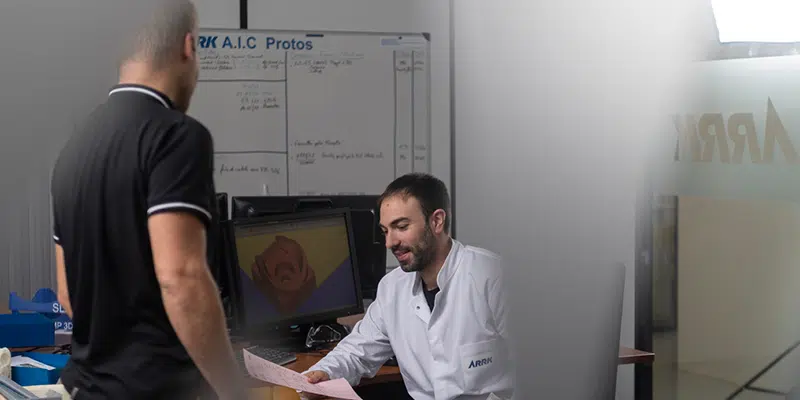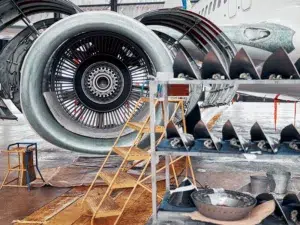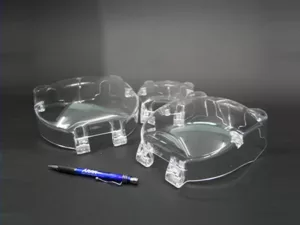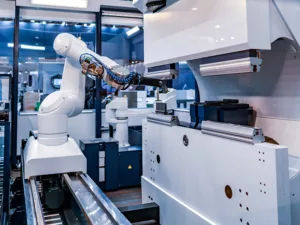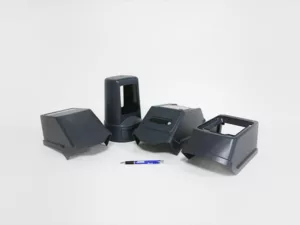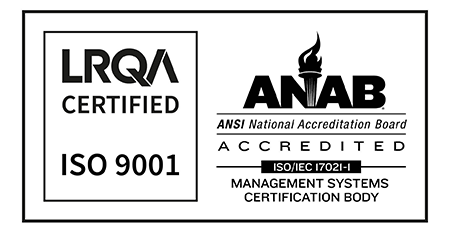Regarding the manufacturing landscape, there are diverse needs of niche markets and customization demands. Small-scale manufacturing offers flexibility, cost-effectiveness, and rapid production, enabling businesses to bring their ideas to life efficiently. For that reason, it’s a great choice to make these products within a budget.
At ARRK North America, we are an international company that offers a wide variety of manufacturing services. Here, we’ll delve into what methods are mainly used for small batch production and their features.
Small-scale Manufacturing
Also known as Low-Volume Production, this manufacturing approach combines the advantages of traditional manufacturing processes with modern technologies, allowing for efficient production at lower volumes. It holds significant importance due to its versatility and suitability for various applications.
Advantages
- Flexibility: Small-scale production offers flexibility by accommodating small runs ranging from a few units to no more than a couple hundred units. This adaptability is beneficial for businesses operating in niche markets or experiencing fluctuating demand patterns. It ensures that inventory levels are managed effectively, reducing the risk of overstocking or underutilization of resources.
- Speed and Efficiency: Modern manufacturing technologies such as 3D Printing and Rapid Tooling have revolutionized Low-volume Production. These technologies enable quick setup and changeovers, reducing lead times and increasing operational efficiency. Manufacturers can respond swiftly to market demands and deliver products to customers in a shorter time frame.
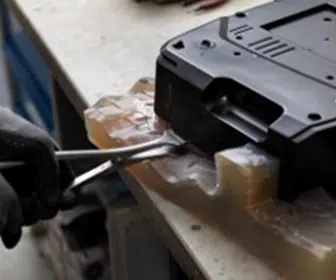
- Cost Savings: Low-volume manufacturing minimizes the costs associated with mass production, such as tooling and setup expenses. Manufacturers can optimize their resources and focus on producing smaller quantities without sacrificing economies of scale. This cost advantage allows businesses to remain competitive in markets with limited demand or high product customization requirements.
- Quality Control: With Low-volume Production, manufacturers can pay meticulous attention to quality control processes. By focusing on smaller production runs, manufacturers can closely monitor each unit’s quality, ensuring that customers receive products that meet their expectations. This attention to detail enhances customer satisfaction and builds trust in the brand.
Urethane Casting
Urethane Casting (also known as Vacuum Casting or Silicone Molding) is a widely adopted technique due to its ability to produce high-quality prototypes and components. This process involves creating a silicone mold from a master pattern and then casting liquid polyurethane or other casting materials into the mold. Custom 3D Printing can be used for the prototyping stage.
Advantages
- Quick Turnaround: Vacuum Casting allows for rapid production cycles, enabling manufacturers to produce functional prototypes or small production runs in a matter of days. This swift turnaround time is a significant advantage for businesses seeking to test market demand, validate product designs, or make timely adjustments to meet evolving customer requirements.
- Cost-Effectiveness: In every manufacturing project, cost is a crucial factor. Vacuum Casting offers cost-effective production solutions as it eliminates the need for expensive tooling, often associated with traditional manufacturing methods. The use of silicone molds allows for multiple iterations and modifications without incurring significant expenses.
- Versatility: Vacuum Casting can produce parts with intricate details, complex geometries, and varying material properties. It allows manufacturers to experiment with different materials, colors, and finishes, providing a wider range of options for prototyping and limited production.
- Bridge to Mass Production: Vacuum Casting acts as a bridge between prototyping and mass production. It enables businesses to test their products in the market, gain valuable feedback, and refine designs before investing in large-scale production. This iterative approach minimizes risks, enhances product quality, and maximizes the chances of success.
At ARRK North America, we will make sure that all items in production fulfill the highest quality standards. Our methods ensure that independently of the scale of production, we are delivering uniform and impeccable products.
Small-scale manufacturing plays a vital role in fulfilling unique market demands and enabling product innovation. Vacuum Casting is an important method used for this type of production due to its inherent advantages.
Vacuum Casting offers cost-effectiveness, versatility, and a bridge to mass production, as well as flexible production capabilities and efficiency.
While these methods are valuable and widely adopted, it’s important to note that small-scale production encompasses a wide range of techniques and approaches. Each method has its strengths and is suitable for different applications and production requirements.
Manufacturers should carefully assess their specific needs, market dynamics, and available resources to determine the most suitable method for their manufacturing endeavors. By embracing the right approach with ARRK North America, businesses can unlock the potential for growth, innovation, and success in the dynamic manufacturing landscape. Contact our team to get a free quotation and more information and guidance on the best option for your project.
